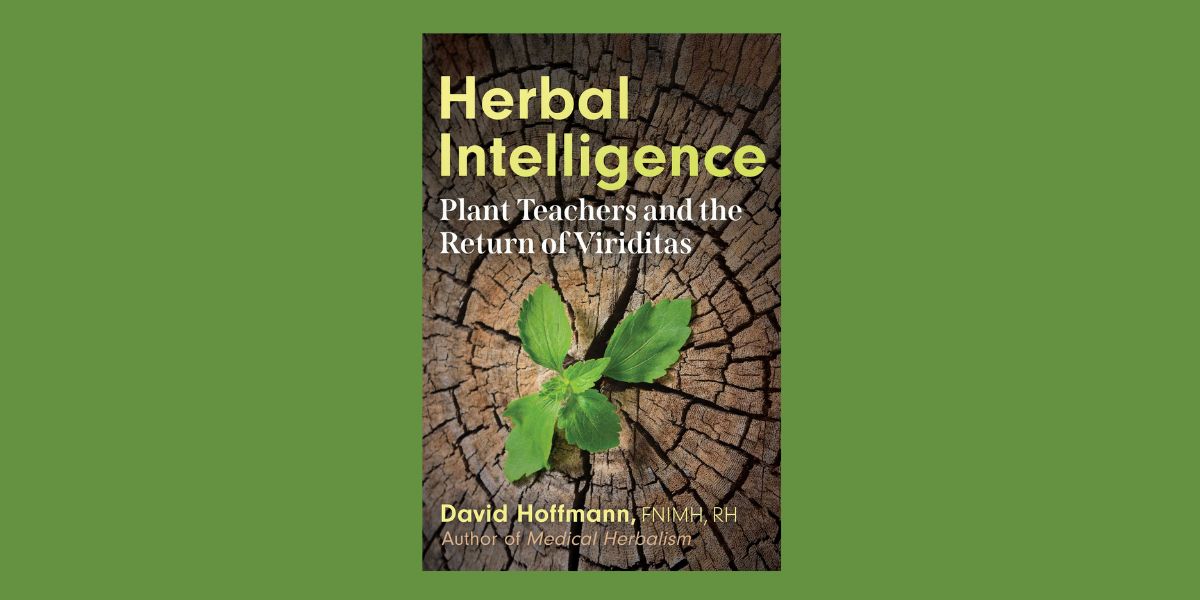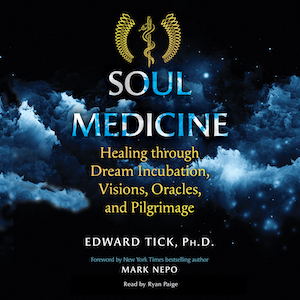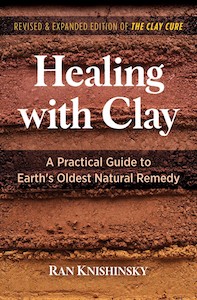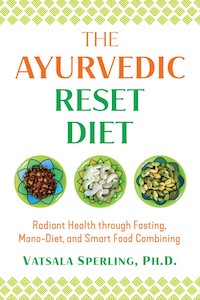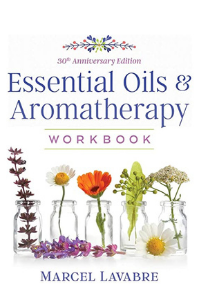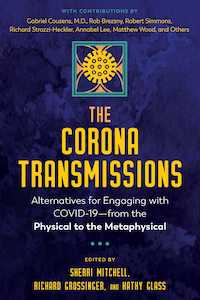
Herbal Intelligence: Plant Teachers and the Return of Viriditas, by David Hoffmann
Healing Arts Press, 1620556146, 256 pages, March 2024
David Hoffmann’s Herbal Intelligence: Plant Teachers and the Return of Viriditas is more than just a book on herbal medicine; it is a philosophical and practical exploration of the deep intelligence of plants, human relationships with nature, and the evolving role of herbalism in contemporary times. Hoffmann, a seasoned herbalist and a fellow of Britain’s National Institute of Medical Herbalists, brings decades of experience and scholarship to this work, integrating traditional wisdom with modern scientific insights.
The title immediately intrigued me, particularly the emphasis on “viriditas,” a concept popularized by Hildegard von Bingen, referring to the life-giving green force of nature. In a time when herbalism is increasingly commercialized and detached from its roots, Hoffmann’s book serves as both a wake-up call and a guide for reconnecting with the true essence of plant medicine.
One of the book’s strengths is its ability to weave together history, science, and spiritual philosophy. Hoffmann presents a compelling argument for the intelligence of nature, illustrating how plants have coevolved with humans and other species in ways that suggest a deep, symbiotic relationship. His discussion of biodiversity, chemodiversity, and ecological interactions is both enlightening and accessible, making complex topics digestible for a broad audience.
The book is structured in a way that allows readers to approach herbalism from multiple angles. Hoffmann begins by exploring the ancient roots of herbal medicine, examining how early humans observed and utilized plants for healing. He then moves into modern herbalism, discussing the exponential growth of peer-reviewed research on phytotherapy and the role of herbs in contemporary healthcare.
Perhaps most intriguing is his critique of the commodification of herbalism. He warns against the dangers of separating herbal medicine from its cultural and ecological roots, emphasizing that herbs should remain integrated with holistic health practices rather than becoming mere pharmaceutical substitutes. Hoffmann’s call for a return to traditional, community-based herbalism is particularly compelling in today’s wellness industry, where herbal supplements are often marketed with little regard for their origins or intended uses.
A highlight of Herbal Intelligence is Hoffmann’s practical approach to herbalism. While he provides a scholarly foundation, he also offers personal insights, case studies, and techniques for deepening one’s relationship with plants. He encourages readers to engage with herbal medicine not just intellectually but experientially—through direct interaction with plants, mindful harvesting, and preparation of remedies.
One of the most striking aspects of the book is Hoffmann’s ability to bring scientific evidence into alignment with intuitive plant wisdom. He presents studies on medicinal plant use in animals, which reinforce the idea that humans are not the only species that rely on herbal medicine for survival. This exploration of interspecies herbalism was something I hadn’t encountered in many other herbal texts, and it added a fresh perspective to the discussion.
I also appreciated his examination of the social and political dimensions of herbal medicine. Hoffmann does not shy away from discussing how herbalism intersects with issues of social justice, sustainability, and healthcare accessibility. His argument that herbal knowledge should remain freely available to communities rather than monopolized by corporations resonates deeply with the ethos of grassroots herbalism.
Hoffmann’s writing is engaging and well-researched, striking a balance between being academic and approachable. While some sections are dense with scientific terminology, he does an excellent job of breaking down complex ideas into digestible explanations. His passion for the subject is evident throughout the book, making it an inspiring read for both beginners and seasoned herbalists.
The book is well-organized, with clear chapter divisions that allow readers to navigate topics easily. Hoffmann’s use of historical anecdotes, personal reflections, and case studies makes the content relatable and engaging.
For those new to herbalism, some sections may feel a bit advanced, especially when he delves into biochemistry and the ecological roles of plant compounds. However, even readers without a background in science will find valuable insights, as Hoffmann consistently brings the discussion back to practical applications.
Overall, Herbal Intelligence is an essential read for anyone interested in herbal medicine, ecology, and holistic health. Hoffmann presents a compelling vision of herbalism as a living tradition that must be preserved and adapted responsibly for the modern world.
I highly recommend this book to herbalists, naturopaths, botanists, and anyone interested in deepening their connection with plants. It is especially relevant to those concerned with sustainability and the ethics of herbal medicine, as it thoughtfully critiques commercialization while offering solutions for maintaining herbalism’s integrity.
For me, this book was both an educational and spiritual journey, reinforcing my belief in the interconnectedness of all living beings. It has inspired me to approach herbalism with greater mindfulness and to advocate for the preservation of traditional plant knowledge. If you’re looking for a book that goes beyond the standard herbal guide and delves into the philosophy, science, and ethics of plant medicine, Herbal Intelligence is a must-read.

Brett d’Arras is an astrologer, tarot reader, and educator with over 30 years of experience in metaphysical sciences. Specializing in astrology and astro-herbalism, he blends planetary wisdom with holistic practices to guide clients and students. A dedicated writer and content creator, he has spent over 15 years crafting educational materials on astrology, tarot, and spiritual development. He also hosts Beyond the Zodiac, a podcast and YouTube channel exploring astrology, herbalism, and cosmic insights for personal and professional growth.
